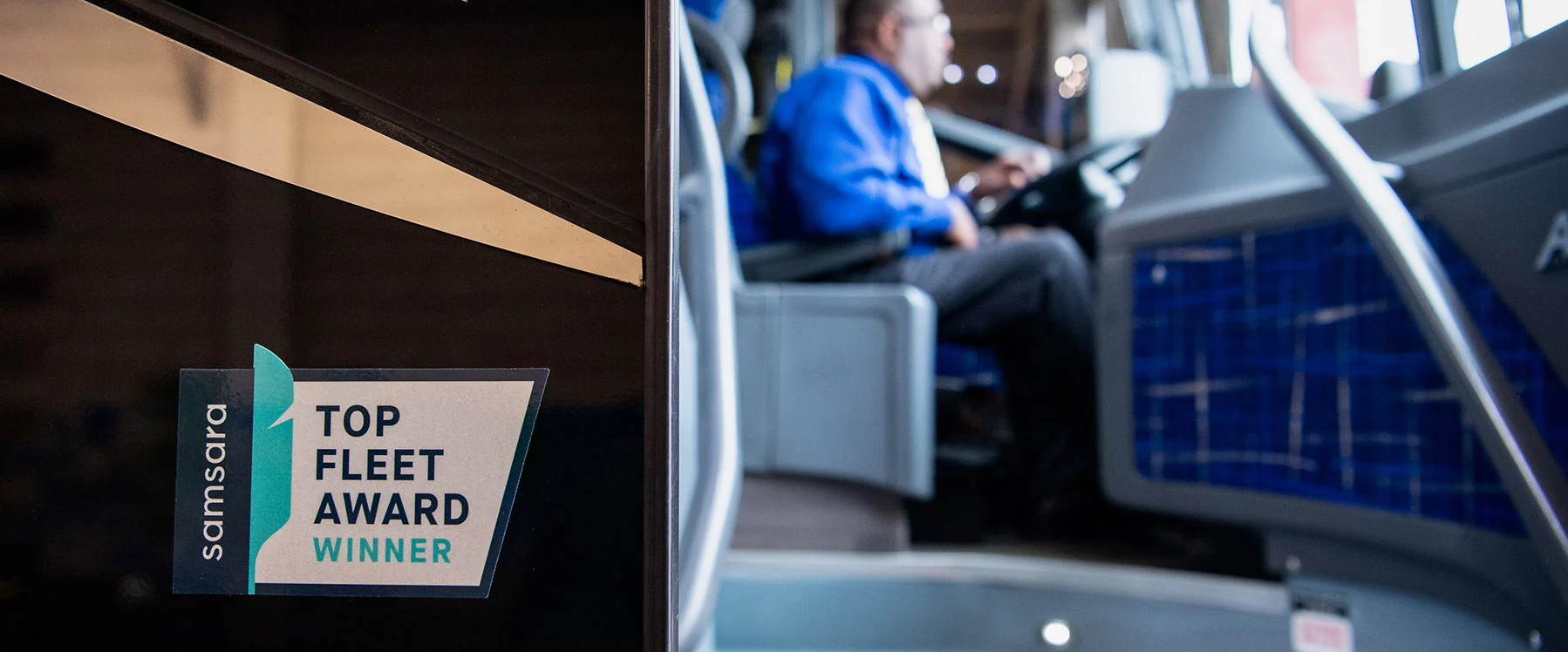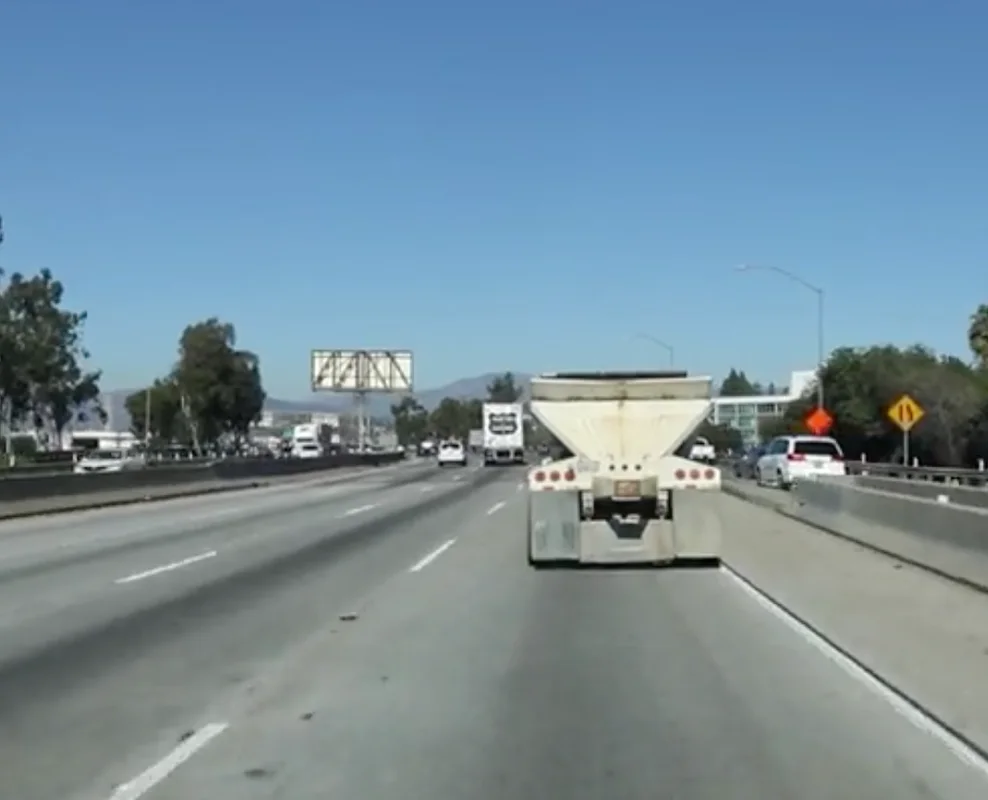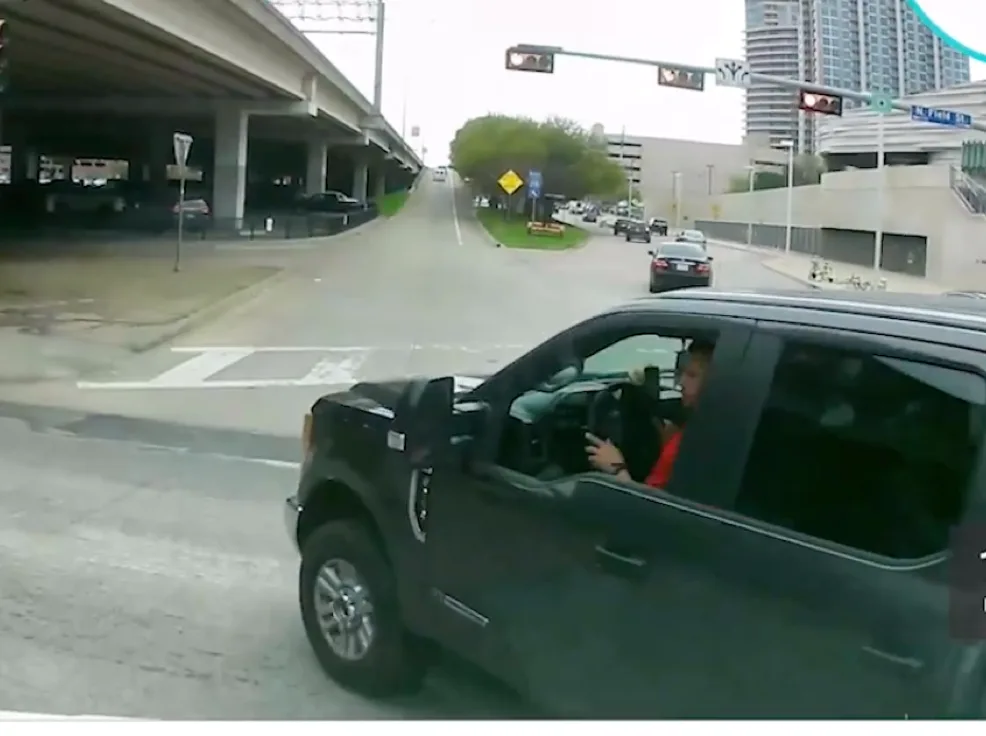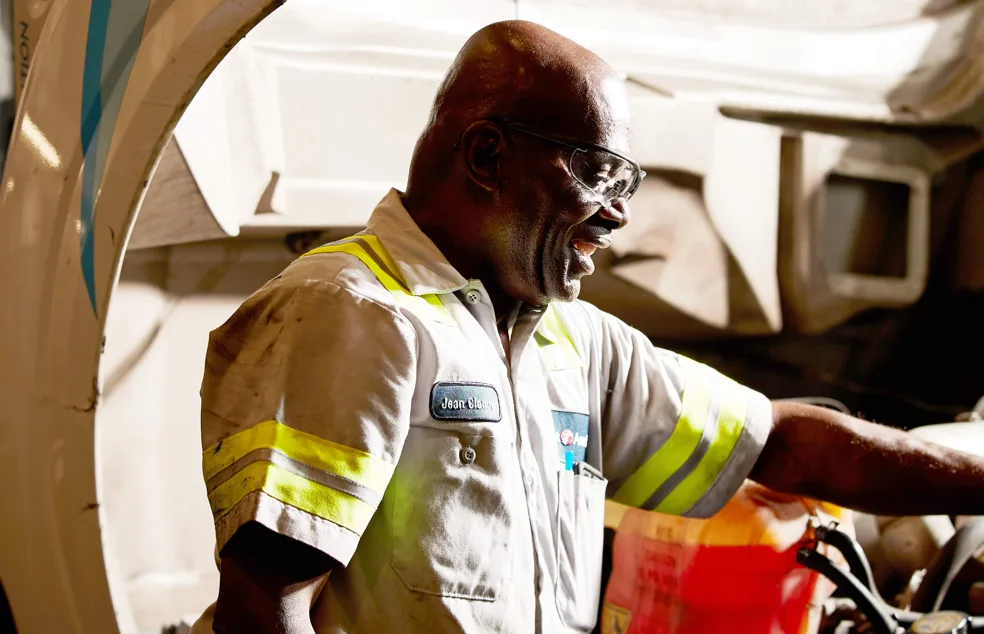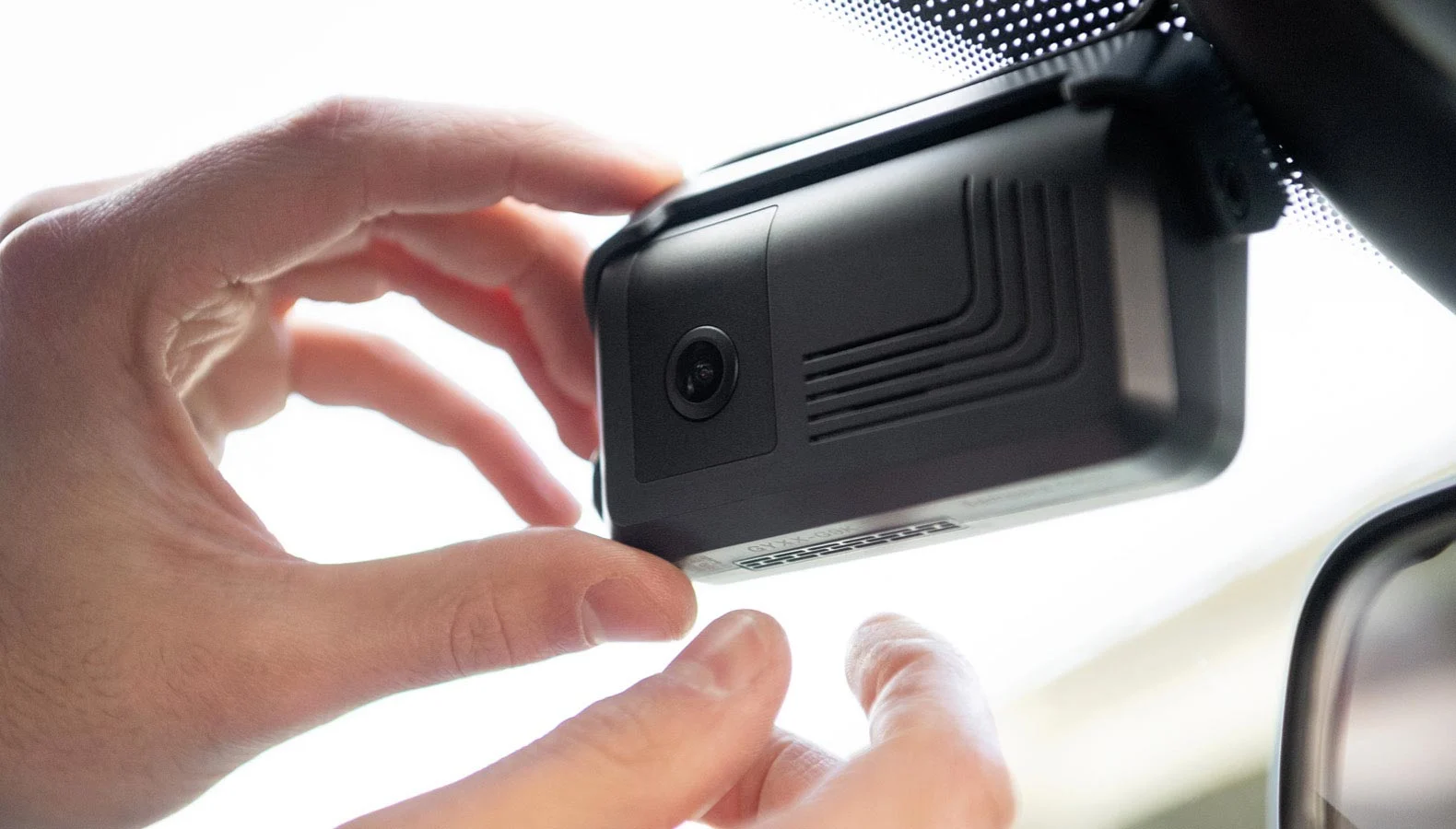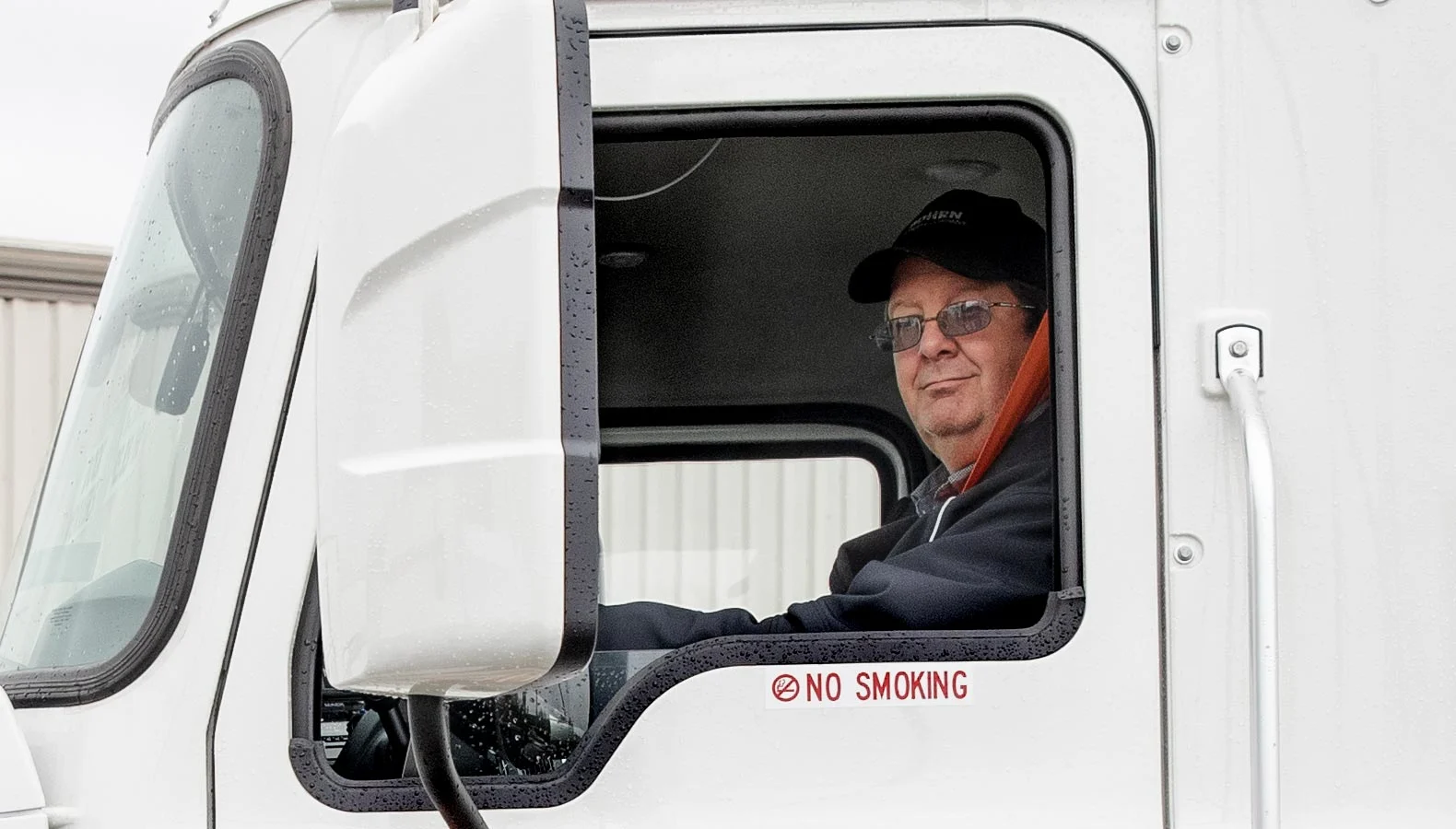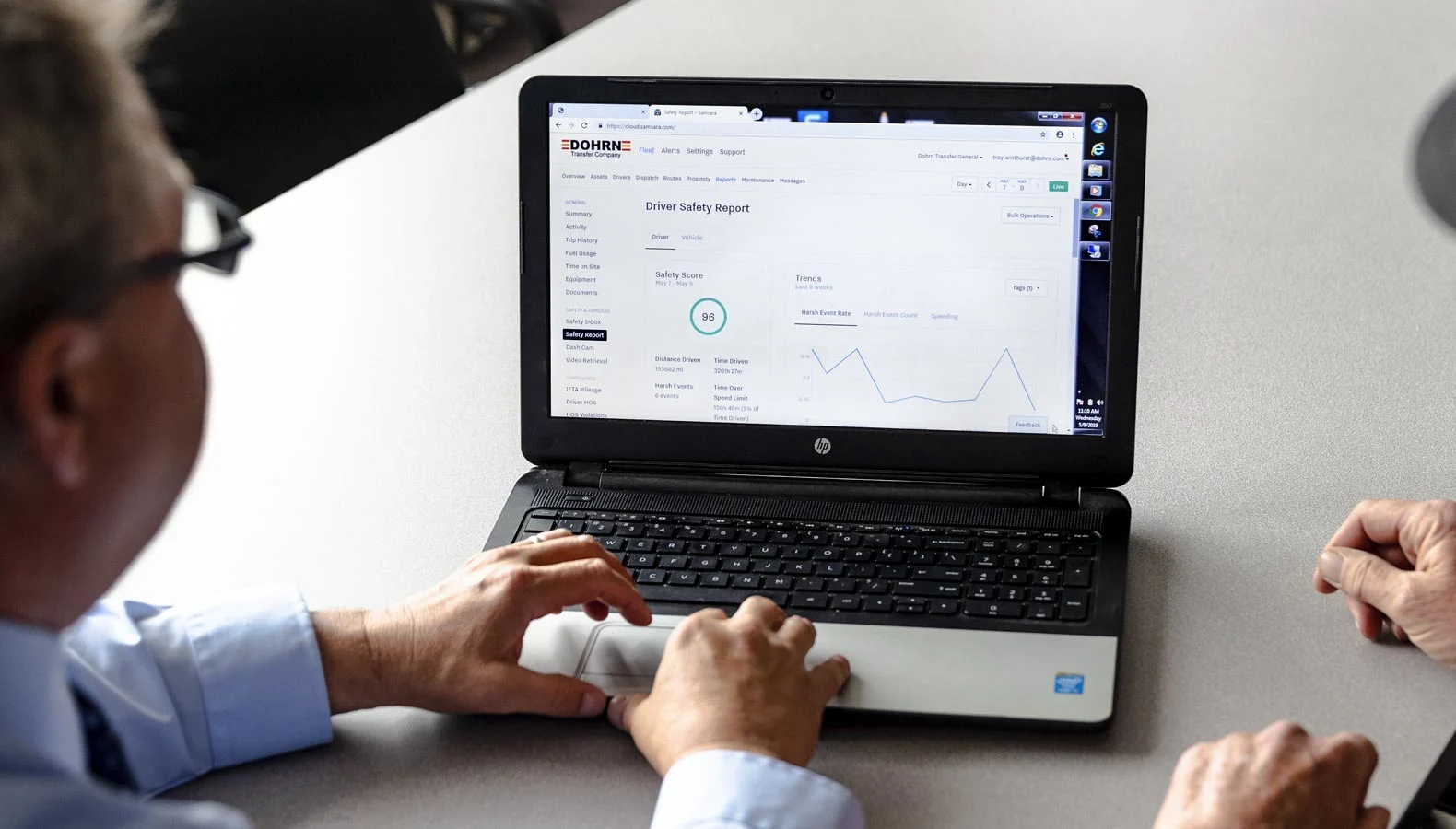Fleets that deploy a successful video-based safety program often see a significant decrease in
insurance-related costs over time—in terms of both auto claims and premiums.
How can a successful safety program reduce
insurance-related costs?
Dash cams are a key component of any successful safety program. But the data they provide isn’t just helpful for coaching drivers and reducing accidents—it’s helpful for reducing insurance-related costs, too. Firstly, in the case of an accident, dash cam footage enables insurance companies to accurately and quickly determine fault, which makes settling disputes faster and less expensive. Secondly, some insurance providers will offer a premium discount, credit, or subsidy for installing dash cams and sharing safe driving data, since dash cams can mitigate the risk of insuring your fleet. In fact, in a
recent survey, 15% of Samsara dash cam customers said they were able to reduce their
insurance premiums after installing dash cams, despite the fact that premiums are on the rise
industry-wide.
When and how to measure ROI
Before even launching your new safety program, make sure to ask your insurance provider if
they offer a discount, subsidy, or credit for installing dash cams. If not, consider sharing the data
from your program to show proof of safety improvements during your next renewal. Even if your
provider doesn’t offer any sort of discount, make sure to track your total auto claims. Depending
on the size of your fleet, you may see an impact on auto claims within a few months to a year.
Key Performance Indicators
